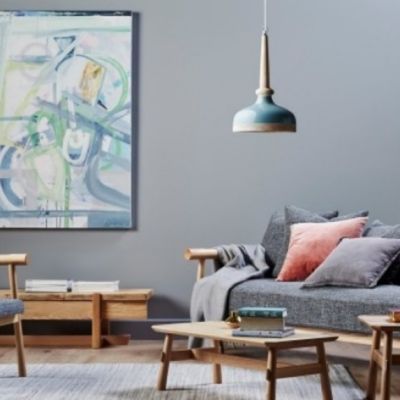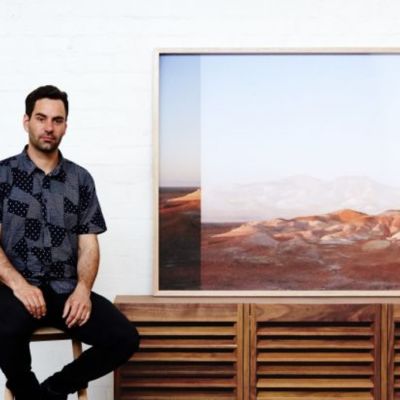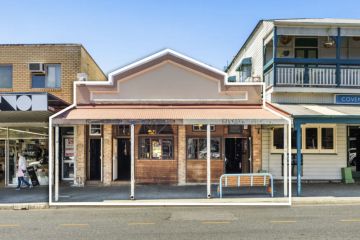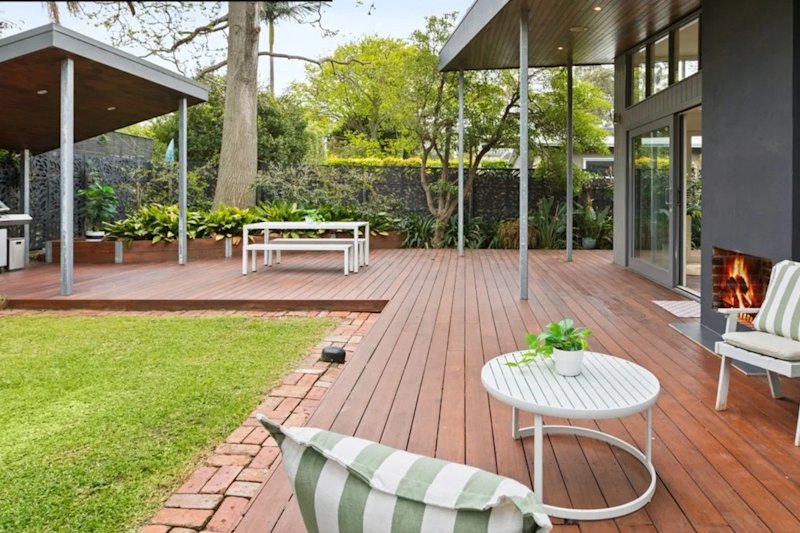A beginner's guide to starting an art collection
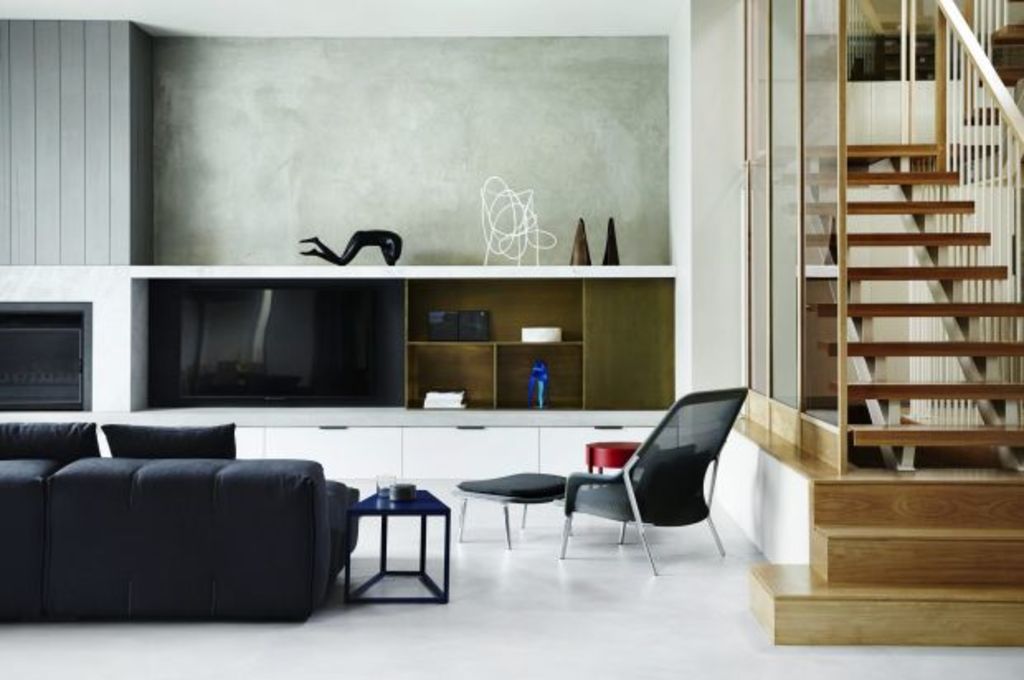
The world of art can be an intimidating place: cool galleries, confusing artworks, beautifully dressed people in the know.
Buying your first piece is like plunging off a cliff. Luckily, armed with good advice from some experts, you can avoid the pitfalls.
The first basic rule is to only buy original work that you love – after all you’re the one who will live with it.
“Art is not about love at first sight or a one-night stand,” says Geoffrey Smith, chairman of Sotheby’s auction house. “It’s about bringing something into your home and continuing to be stimulated by it.”
Smith advises people to find a work that inspires them, fix on a budget, check to see if the price is fair, research the artist and, finally, decide where the work should be placed in your home.
“Your art purchase can truly reflect who you are, your interests and your personality,” he says.
If you’re starting out with a tight budget, there are wonderful limited-edition prints, etchings and engravings from $250 upwards, says Smith.
“People buy a reproduction of a famous work of art for a few hundred dollars but they can actually buy an original for the same amount.”
It’s never too early to start a collection. When designer Fiona Lynch was in university, she started buying small sculptures by a fellow student, Emily Floyd. Lynch obviously had a good eye because Floyd is now a much sought-after artist.
“Buy authentic furniture and art,” Lynch says. “They will enrich your life and be great investments.”
Collecting art is a good way to make a place feel like home, she says.
On a practical note, Lynch says you can find out what’s on in galleries through art almanacs. You can also visit galleries and follow their Instagram accounts to discover what type of art you like. Consider asking galleries for a personal tour of their stockrooms to see all the artists they represent.
Art is a very personal choice and your artwork should reflect who you are, says Sydney art consultant Michael Reid. He believes art should be more than a decorative solution.
“Art shouldn’t sink into the background like wallpaper,” he says.
Don’t rush, take your time, says Reid. Remember you can buy artworks over your lifetime.
“The biggest mistake people make is haste. You don’t have to fill up an entire room in a single day.”
Reid, who runs galleries in Sydney and Berlin, says one of the hot global trends is photography. Established artists’ works on paper and emerging artists are also a good buy.
People tend to forget about other art forms. “Contemporary and tribal can sit together really well.”
Sculptures are mobile and can fit in unusual spaces. Why not transform a dining table that isn’t used very often with some sculptures, he says.
Think outside the box. Curator Jane O’Neill encourages people to use art in surprising ways.
Why not commission a wall painting for a hallway or an artwork for the side of your house? Or think about using a handmade wallpaper by an artist like Kate Daw.
“People can have a lot of fun, particularly with living artists.”
She says some people want art for all the wrong reasons. When you buy art you become a custodian.
“The biggest mistake people make is to buy art as a status object – it means the same artists get the sales. I’d like to see people take more risks.”
She advises prospective buyers to visit graduation shows at universities or discover small artist-run spaces. Try Fort Delta, Blindside Gallery, Sarah Scout Presents or Neon Parc in Melbourne or in Sydney visit Galerie Pompom, Wellington St Projects, Firstdraft or SNO Contemporary Art Projects.
Don’t forget that hanging art is a tricky task, says the curator. Art couriers will deliver art and hang it properly for a reasonable fee.
“Buy what you love, you have to live with it, not your interior designer,” says Andy Dinan, director of MARS Gallery in Melbourne.
A lot of people buy too quickly and half the joy is the journey, she says.
She also warns against buying an artwork after a few drinks or buying online as artworks can look very different in reality.
“People sometimes think they have to match the artwork to their curtains and their cushions – if you love it you will find a place for it.”
Dinan recommends visiting galleries that belong to the Australian Commercial Galleries Association. Some galleries will allow you to take home an artwork to check that it fits in. Dinan advises people to keep receipts or records of provenance.
Works on paper and video art are extremely affordable, she says. Works on paper start from $200.
“Buy Australian art and don’t put bad French vintage posters on your wall. We should support Australian artists because most are working double jobs to do what they love.”
For Sydney designer Briony Fitzgerald, getting the scale right is one of the most important factors. “You need the right-sized picture for the right-sized room. People often buy art that’s too small and hang it far too high.”
Two of her pet hates are reproduction art and paintings people bring home from Bali.
Mix up your art and don’t have too much from one artist. You need contrast – a well-curated collection is one of the most beautiful things, says Fitzgerald.
It’s an exciting time for art buyers. Once you know what you like, do your research and shop around. Your next purchase could be the love of your life.
5 tips on starting a collection
Love it or leave it
Buy what you love. Spend time looking at art so that you discover what you really like – and want to live with.
Fools rush in
Take your time choosing your artwork – remember you will probably live with it for a long time. It’s best to form a collection over a number of years.
Local talent
Don’t forget your local artists – you may discover the next big name. Check out artist-run galleries, local galleries and auction houses.
Do your homework
Learn about the artist and look at their other work. Is this a typical work and is this a fair price? The internet is a great resource.
The price is right
Decide on your budget before you start. Remember works on paper, prints and lithographs can be a good first step in your collection. Photography is also very popular.
We recommend
We thought you might like
States
Capital Cities
Capital Cities - Rentals
Popular Areas
Allhomes
More
- © 2025, CoStar Group Inc.
